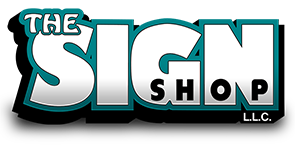Trademark Laws
Trademark laws protect specific words, phrases, domain names, slogans, logos and other symbols used to distinguish between different brands on the market. A trademark allows consumers to identify a specific brand in the marketplace, because most consumers use trademarks to make purchasing decisions. Federal and state trademark laws protect the duplication and misuse of a brand and its reputation.
Subdivisions to the trademark laws are labeled service, certification and collective marks. Service marks promote services and events, whereas trademark laws promote products. For example, when a business advertises its name and service or product in the yellow pages, it's considered a service mark. Certification marks, on the other hand, are used to support a particular product or service, such as a seal of approval.
Collective marks are symbols, labels, words or phrases used to mark goods, members, services or products. This is often used to show membership in a union, association or other organization. Four other considerations of collective marks are regional origins, manufacturing methods, product quality and service accuracy. Denver Paper, a paper production business in Denver, Colorado, is an example of a collective mark of regional origin.
Before registering a trademark, a trademark search must be conducted. This can be done at the Web site of the U.S. Patent and Trademark Office, or by visiting the Patent and Trademark Depository Library located in each state. Conducting a trademark search is a critical first step in ensuring that your trademark name is unique.
Once you register a trademark, you must take steps to protect it. Trademark owners can file a lawsuit against violators to protect their service or product. Most trademark lawsuits are filed to either prevent a registered trademark from being misused (leading to consumer confusion), or to recover damages from those who misused a trademark. In addition, there are federal statutes protecting trademark owners under the Lanham Act. Each state has its own statutes that protect trademarks within the state's boundaries.
Copyright, another form of protection, is a legal device an author has to control how his or her published work of art or literature is used. Trademark and copyright laws can be used in conjunction to protect a product or service. For example, the copyright laws protect the artistic characteristics of a business logo, and the trademark laws prevent other businesses from using the logo in the market.






